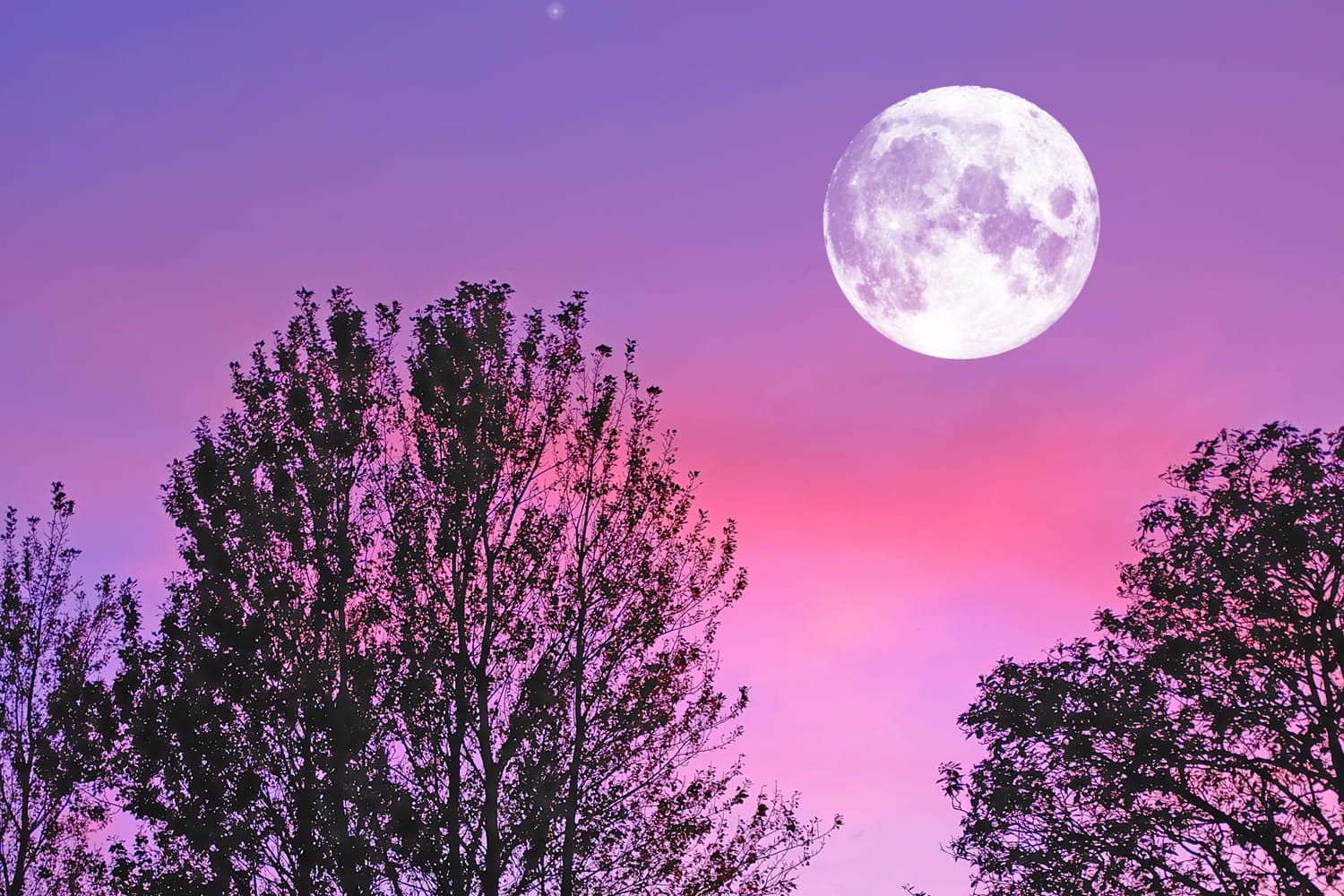We will have to wait until 2042 to see a moon like that again.
The very last Full Moon of the year 2025 will soon take place. Known as the “Cold Moon”, it will be a Super Moon, particularly close to the Earth (it is said to be “at perigee”), making it 14% larger and 30% brighter than usual. But this is not the only factor: the fact that it is close to the winter solstice (December 21) means that it will reach an exceptional height in the sky.
This height makes this Moon so special. Indeed, the Moon does not always follow the same route in the sky; its trajectory changes according to an 18-year cycle. In 2025, it reaches the highest point of this cycle. For us, this means that the Moon will be placed much higher in the sky than usual. It will rise so high that its position will resemble that of the Sun in midsummer, which is extremely rare. After this event, we will have to wait until 2042 or 2043 (in 17-18 years) to see the Moon again at such an altitude. This dominant position is ideal for observation: it will remain visible all night and will not be obscured by buildings or the relief.
Now that you know its rarity, it’s time to note the exact date. This light show will take place on the night of Thursday December 4 to Friday December 5, 2025, where the Moon will reach its peak at 12:14 a.m. (metropolitan French time). It will rise at sunset and remain visible until morning, according to the Starwalk Space website.
To see it in its best light, look for an open area, far from light pollution. Look towards the north: as it will be very high, you will have more chances to admire it without obstacles. Although very bright, it is safe for the eyes.
The name “Cold Moon” is the traditional name given by Native American tribes (notably the Mohawks) and the first European settlers in the Northern Hemisphere, for very simple historical and seasonal reasons. Its name serves as a time marker to indicate the entry into the coldest season of the year. It is sometimes called the “Long Nights Moon” because it is closest to the winter solstice which is the day with the longest night of the year.








